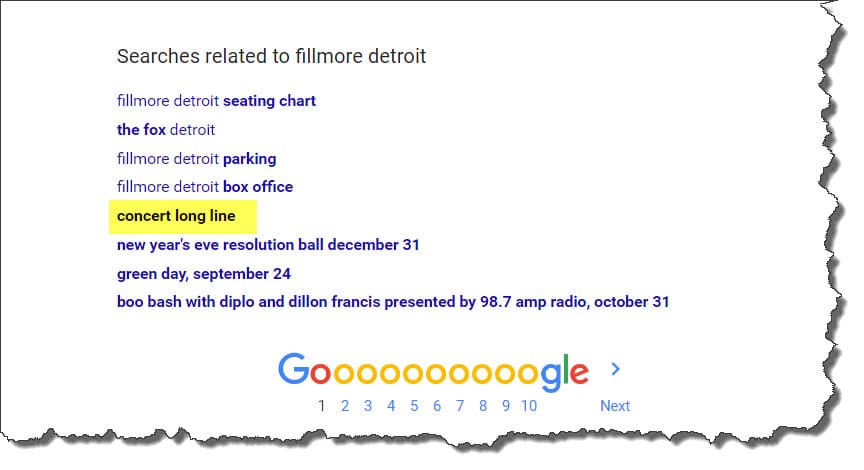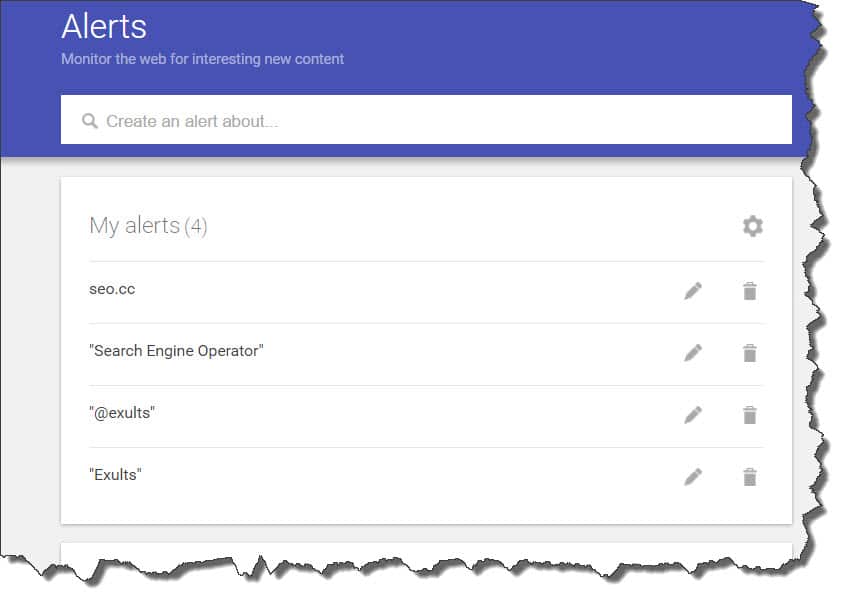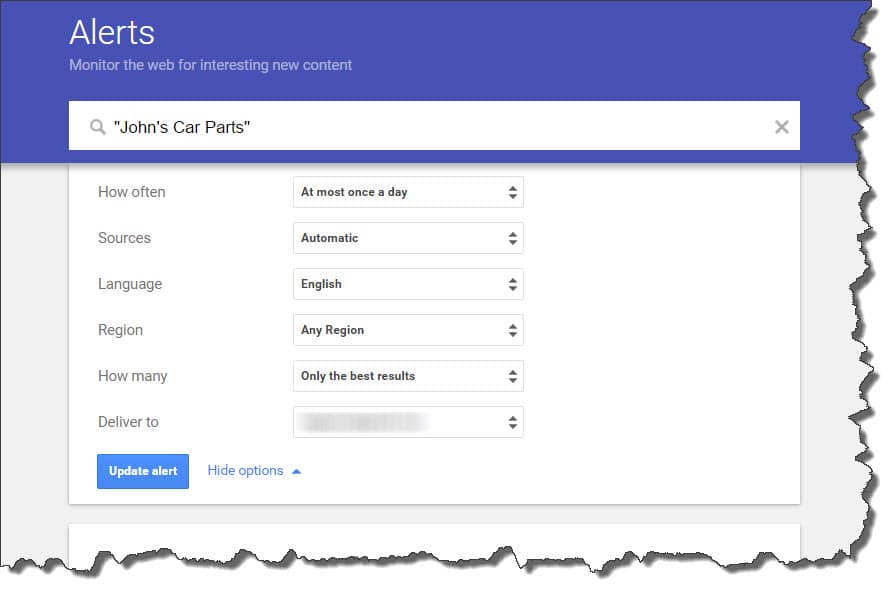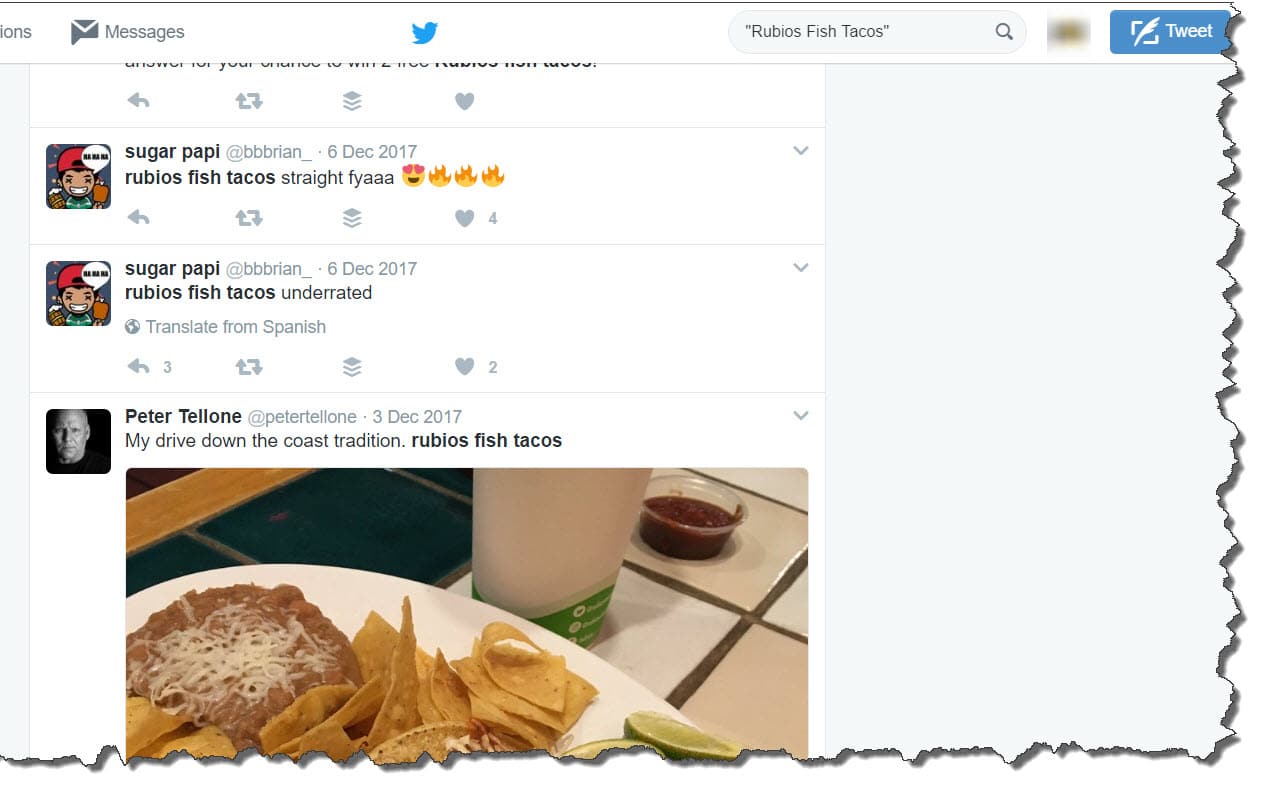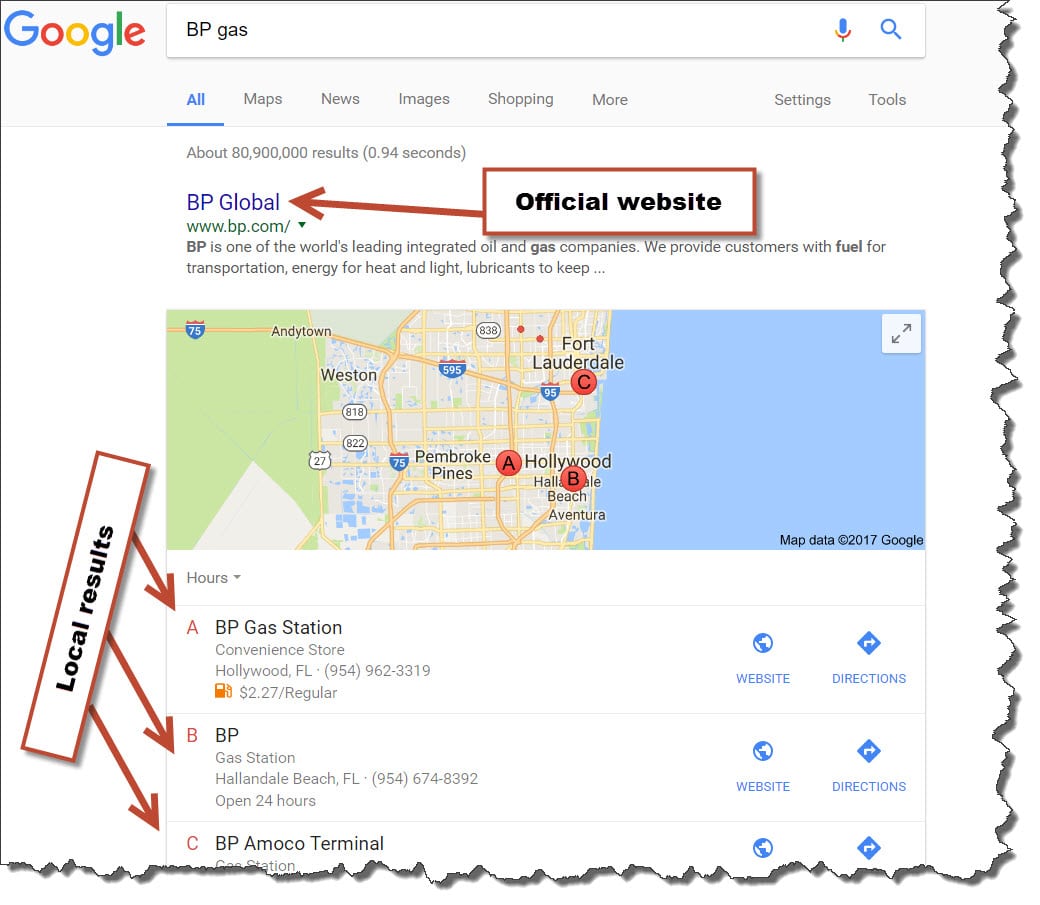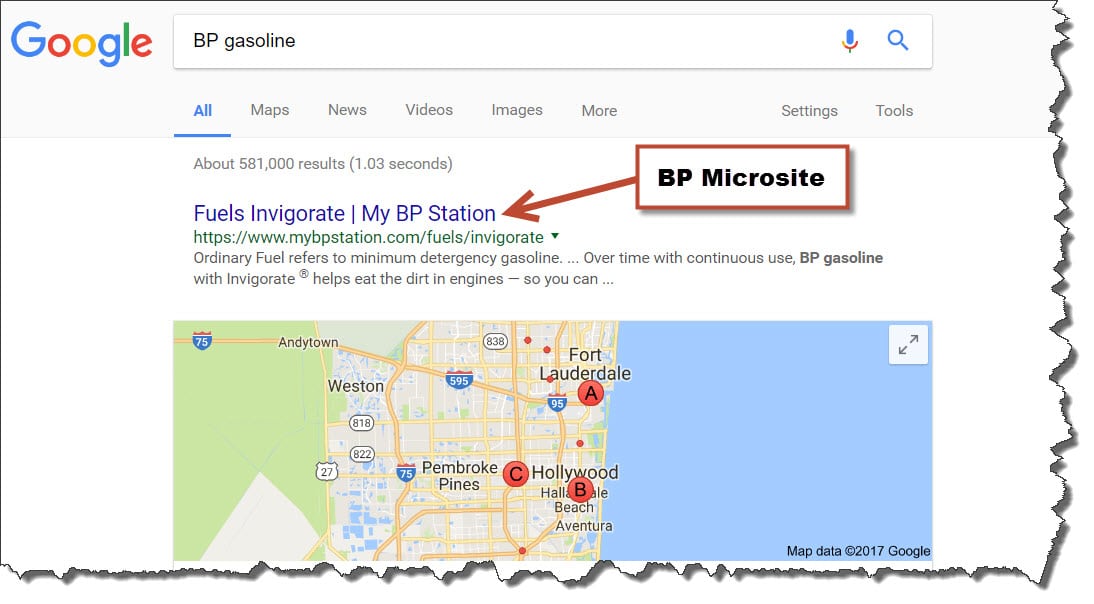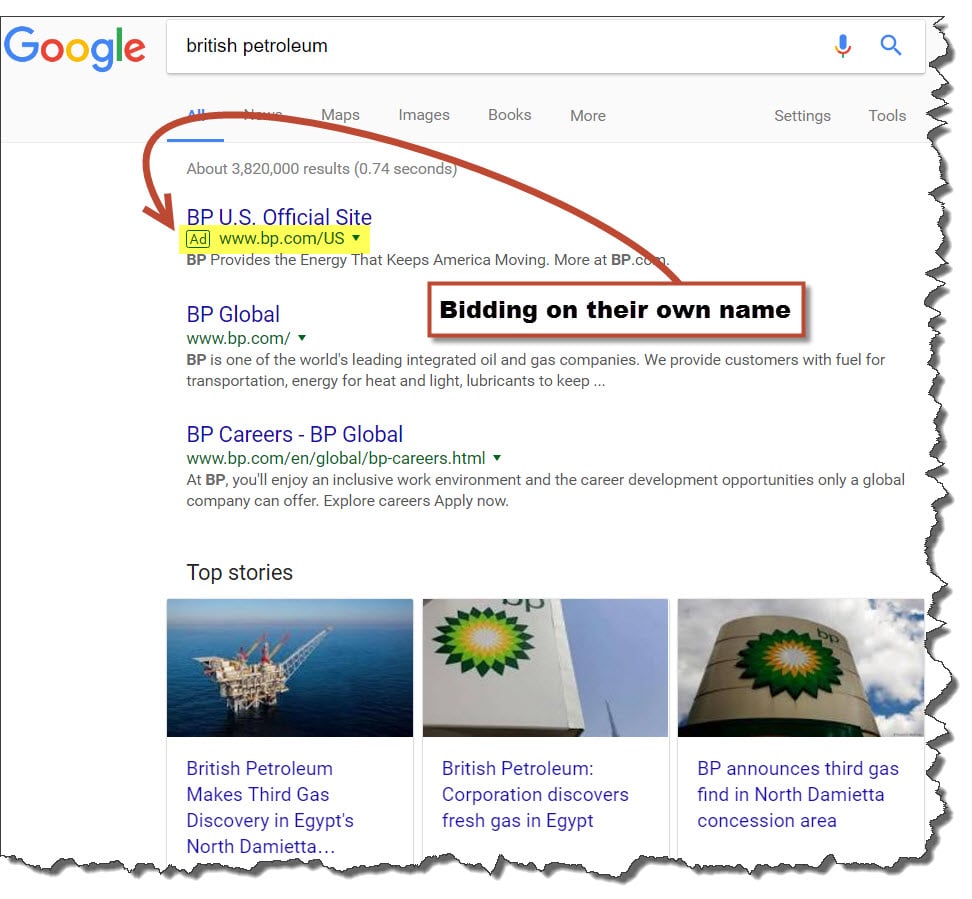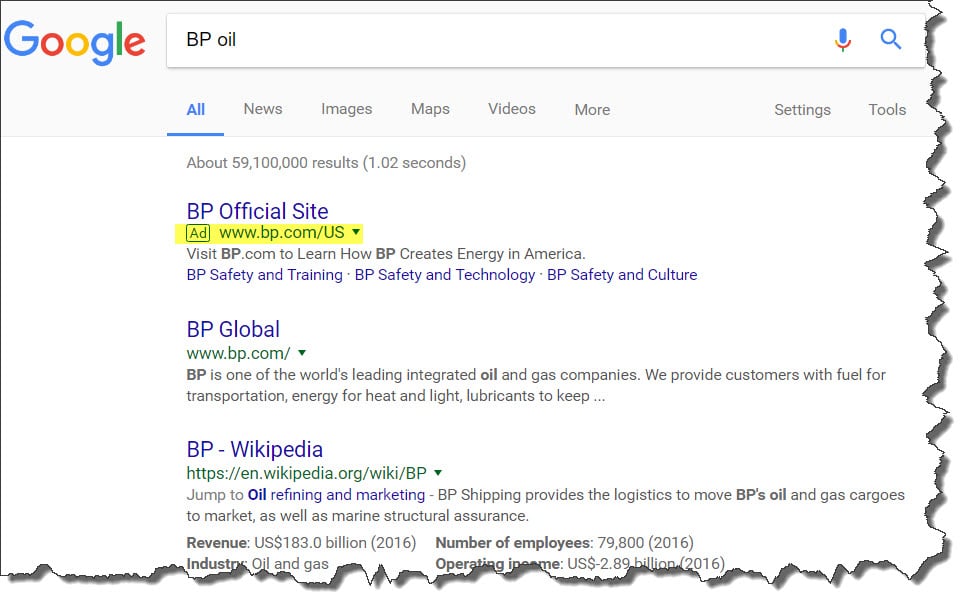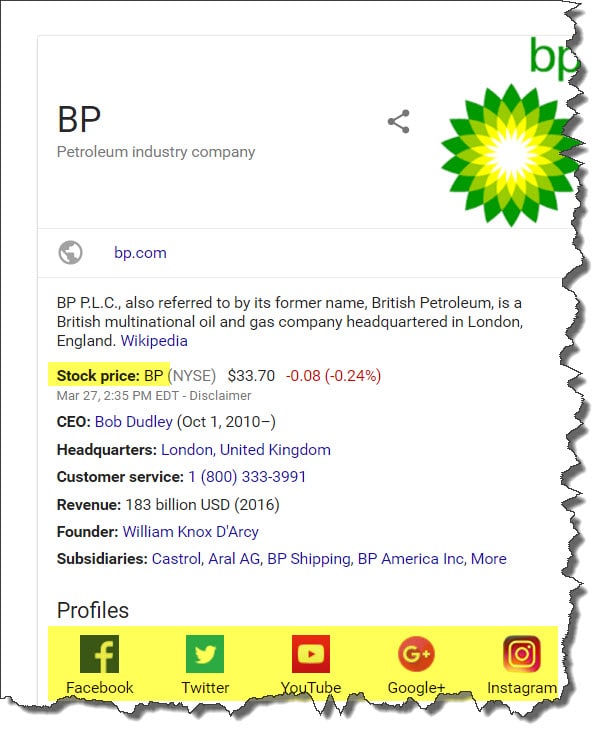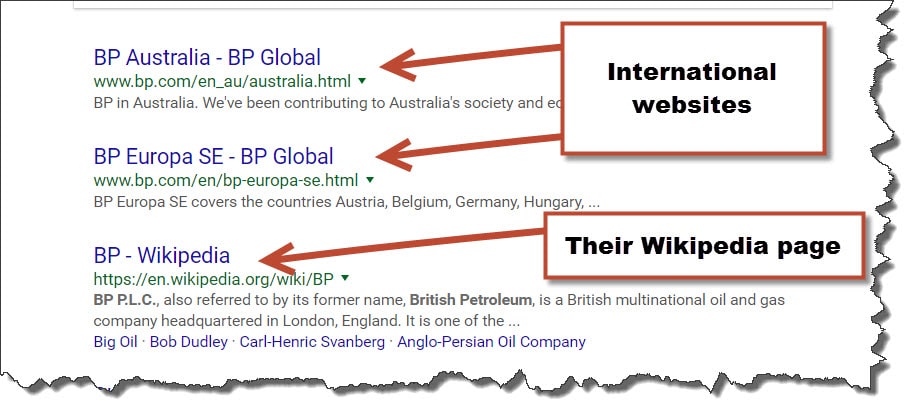-
by Joy Thompson
If your business doesn’t have a handle on brand management yet, now is the ideal time to start. Learn the basics of brand management and find out how it can keep your business ahead of the game.
What Brand Management Involves
Brand management essentially involves manipulating each aspect of your business’s branding to create a cohesive personality. Brand management ensures that all aspects unite to enhance brand identity. This means creating a cohesive experience for each user using an undivided theme of tangible and intangible elements:
• Logo
• Website design
• Associated Colors
• Marketing
• Advertising
• Placement
• DistributionHow Brand Management Impacts Customer Perception
One of the most important parts of brand management is understanding how customers perceive your company’s brand. No matter what type of brand identity you want to convey, you’ll need to know where it stands in the market and whether customers are making the desired connection with your products and services. As you develop a strong brand identity, you can also enhance customer trust.
How Brand Management Affects Value
Strong brand identity and positive brand perception can build the brand equity, or value, of your company’s products and services. Basically, the brand equity is generated by making products and services memorable, recognizable and a valuable investment. By creating a cohesive brand experience and trust, you have the potential to boost your bottom line substantially because you have a trusted brand personality that people can form loyalties to.
Why Is Personal Brand So Important for Your Company?
Historically, branding was only for businesses. Not so, today, when your personal brand speaks volumes about you and your expertise. From skills to experience, your brand tells prospective clients who you are and allows you to build the bridges to long term business relationships.
It doesn’t matter if you are the sole member of the business or if you are a valued team member, personal branding speaks volumes in today’s world. Why? Surveys continue to indicate the ever-increasing use of social media by potential employers regarding job candidates, current employers checking on the activities of their team members, and prospective and existing customers verifying the trustworthiness of you and your company.
So ask yourself, is your personal brand making a good impression for you and your company? Is it consistent?
Developing Your Personal Brand to Work Effectively for You and Your Company
Developing an effective and strong personal brand is good for your career and good for business. You represent your company everywhere you go – from events to conferences – and every place in between. Your personal brand means greater exposure for you and your company.
The personal brand you promote for all to see works to gain new customers as well as retain current customers. Your personal brand builds trust between you and your customers in addition to you and your employees. It allows you to communicate who you are, what you stand for, and your personal mission. Without it, you take the chance of losing customers as well as opportunities to accomplish your goals.
Building your personal brand requires focus, diligence, and consistency. Hiring an experienced digital marketing agency can take care of all your business’s personal brand needs. With experts in custom web development, search engine marketing, SEO, and social media marketing, Exults can help you surpass marketing goals.
Personal brand development requires you to claim your online presence, and build on it, positioning yourself as a thought leader in your industry. Personal branding means making connections in the industry, answering questions from potential customers, posting frequently, and sharing your expertise across all the channels available to you – posts, tweets, stories, live feeds, and more.
Personal branding doesn’t happen overnight. It requires continual development of your brand, genuine, authentic crafting which sets you apart, what makes you unique and in turn, what sets your company apart from the competition.
Personal branding allows you to show your unique value – ability, interest, connections, experience, and skills – building not only your visibility but helping you know yourself and achieve your goals. Plus, a solid personal brand works toward your personal growth and advancement while creating increased exposure for your company.
How to Build a Strong Brand Identity for Your Company
Emotions make our decisions. 95% of purchasing decisions are decided by our subconscious mind. So why focus entirely on the concrete benefits our companies offer when it’s the intangible things that push sales? This is the power of creating a brand identity.
In every market, there is a leading brand. They have competitors with nearly identical products or services. Still, more customers will pay up to 8x’s more for the brand they trust.
How can you establish a company brand that will let you demand more for the value you give? Here is a brief primer for corporate brand design.
Define Your Brand Identity
Before you create any logos or make any decisions on what you look like or sound like, you must define who you are.
Audience
Your audience will shape your brand. Who are they? Who are they not? The more targeted and clear you are, the stronger your brand will be.
Goals
What are your company’s biggest goals? Your brand will be a tool to help you grow. Define how you want to grow. Think about the emotional benefits you are selling. Is it trust, security, novelty, simplicity? Decide on what psychological triggers you want to hone in on and how they will help you meet your goal.
Brand Persona
Create a Brand Persona. This is a collection of values, personality traits and attitudes your brand would have if it were a person.
Key Messages
Establish your Key Messages. These messages are the main things your audience should take away from everything you put out into the world.
Positioning
To stand apart from the competition, you need to make it clear why you are different. The factors that will position your brand are:
• Who do you serve?
• Why are you different?
• What is the brand story?
• What is the brand promise?
• What are your unique selling propositions?You must spell out why you are the better option.
“People don’t buy the what; they buy the why.” – Simon Sinek
Now that you’ve established what your brand will be, it’s time to put the pieces together.
Brand Voice
Your brand voice is the tone of voice and language you use. It needs to be Authentic and true to your company values. Remember that you are using this voice to build relationships.
Fonts
Choose fonts that will be used across all your marketing. This serves to establish consistency. Usually, a header font and a body font are enough.
Visual Branding
Now we get to the stuff many people think about when we say “branding”. It’s the stuff you see.
How would you describe the Nike logo? If you said “swoosh”, what is that anyway? It’s Nike. A swoosh exists no place else. That brings us to the logo.
Logo
A great Logo will be distinct, memorable, scalable, and easy to apply across different mediums.
ImageryYou also must decide what type of images to use. They must show your type of customer and express the attitudes of your brand persona.
Colors
Lastly, pick your colors. 85% of shoppers say that color is the main reason why they buy a product. What can colors express? A lot. Here are just a few examples of how you can use color with your brand.
• Red: defiance, power
• Blue: intelligence, calmness
• Yellow: optimism, creativity
• Green: harmony, truth
• Orange: warmth, abundance
• Black: sophistication, glamour
• White: clarity, efficiency
• Brown: reliability, securityWhen you manage your brand’s visual identity you will create trust and familiarity over time. Apply these elements to every touch point people have with your brand and you will steadily build a strong brand image.
How to Monitor Your Brand’s Online Reputation
Consumers are relying more than ever on online reviews, product write-ups, and star ratings from their peers. That’s why it’s crucial that you’re constantly monitoring your brand’s reputation online, good or bad.
If the customer was happy, make sure you show them you appreciate the kind words by engaging with the post. This goes a long way with instilling brand loyalty, and showing consumers that you’re grateful for their business.
If the customer was not happy, it’s a little trickier. It’s vital that you publicly acknowledge the customer’s concerns, and try to move the discussion to a private channel like email or direct message. This shows potential buyers that you care about your customers and that you’re open to negative feedback. By taking the conversation to a private channel, you avoid publicly revealing a potentially messy situation or revealing what you’re willing to do for an unhappy customer (ex: deep discount, refund, free product, etc).
That’s all well and good, but…
How do I monitor my brand’s online reputation?
There’s no shortage of paid tools you can use to stay on top of your brand’s online chatter (more on that later), but the majority of you reading this can get away with utilizing a few free tools that you might already be familiar with.
1) Google search
The first place you should check is the Google search results because it’ll give you the best overall view of your online sentiment. For instance, here’s a random search for a popular diner in San Francisco…
That’s just Page 1 of the search results, and you can already see the plethora of places where potential customers are forming an opinion about you. Keep clicking to Page 2, 3, and 4 to perform a thorough search.
You shouldn’t just stop at searching your brand name, though. Make sure to also search…
• Common misspellings
• Nicknames
• Social handles
• Related searches
• Autocompleted searchesHere are examples of the latter two:
Related Search (found on the bottom of the search results page)
Autocomplete searches
These types of searches not only give you an overview of your online reputation, they also unveil possible issues or discussions about your brand that you might not have known about.
PS: If you’re unhappy with what you see on Google, don’t hesitate to contact us about our SEO services.
2) Google Alerts
This is a free tool provided by Google, that allows you to set up alerts that notify you whenever your business name pops up on the search engine. This is valuable because it allows you to react quickly to online feedback about your brand.
To set it up, head to google.com/alerts and hit “Create Alert”. It’s pretty straightforward.
Make sure to be thorough when you create alerts for your brand name. Again, don’t forget about common misspellings, nicknames, old names, shortened names, etc.When you click on the pencil icon, you’ll have these options…
Side note: you can use Google Alerts for all kinds of searches, including the names of your main competitors. This allows you to spy on your competition without them knowing.
3) Yelp, Google Reviews, Facebook Reviews, Tripadvisor, etc
Over 90% of consumers are using online reviews to make a purchasing decision. Star ratings are the top factor that consumers consider when deciding to buy (stats courtesy of Vendasta).
You NEED to be monitoring the obvious sites like Yelp, Google, Facebook, and industry-specific review websites. You NEED to be engaging with these reviews to show that you’re listening.
You can do this manually or you can use a paid tool (a quick Google search will give you plenty of options for paid tools). Just make sure you’re doing it.
Again, when you’re responding to negative feedback, MAKE SURE to acknowledge the problem publicly, but try to provide a solution privately.
Check out why customer reviews are important?.
4) Social listening
It goes without saying, you need to respond to people on social media when they message you directly. If you’re not responding to users on social media, it’s like you’re not answering the phone when someone calls your business.
That’s not enough, though.
You also need to be paying close attention to conversations about your brand on social media, where you aren’t directly tagged or mentioned. This is a lot easier than it sounds.
Here’s an example of social listening on Twitter…
You should be engaging with those tweets, even though they didn’t mention you directly or use your hashtag.
Here’s an example of social listening on Instagram, searching Places…
These screenshotted results are people that checked into the nursery but maybe didn’t tag the nursery’s Instagram profile. You’ll want to engage with these posts from your business’ Instagram handle.
Make sure to go through all your active social media accounts, and perform searches related to your brand name to uncover these kinds of results.
5) Paid tools
As previously mentioned, there’s no shortage of paid tools out there. They range from very affordable to very pricey. Here’s just a few of the more prominent options:
• Brand24
• Hootsuite
• Yext
• Mention
• BrandWatch
• BrandYourself
• ReviewPush
• Moz LocalIf you’re open to paying for a tool, make sure to do your research because there’s a wide array of prices and functionality to consider.
Managing Your Brand Reputation Online
Despite the cliche, not all press is good press. This is especially true when the bad press becomes the first impression for a potential customer, i.e. when the bad press lands on the first page of a Google search for your business.
For example: BP’s catastrophic oil spill was really (really really really) bad press. For a while, and maybe even still, people associated BP with oil spills — not good, obviously. When you searched Google for “BP gas,” articles about the oil spill would dominate the search results, which obviously doesn’t help the brand’s image. BP needed a major PR push to change the conversation.
“If you don’t like what’s being said, change the conversation.” – Don Draper, Mad Men
BP decided to change the conversation and began to flood the internet with positive stories. This included a lot stories about their environmental efforts and community work.
Now when you Google “BP gas,” the oil spill gets buried (with the exception of that terrible Marky Mark movie Deepwater Horizon that re-surfaced the oil spill conversation). Now people associate BP less with the oil spill than they did 5 years ago.
More on how BP cleaned up their Google results later (keep scrolling)
Don’t underestimate the power of your Google search results. Many times, people will form an opinion about your business based on what they find on Google, fair or unfair.
So, how do ensure that positive stories overpower the negative ones on your Google search results…
Step 1: Do good
How can you create a positive story about the work your company did in the community if you didn’t actually do good work in the community? Find an initiative that you want to support, and actually do it.
Step 2: Make sure people know you did something good
While it’s intrinsically worthwhile for you to get involved with good causes, it doesn’t help your online image if there isn’t any written proof of what you did.
When your company does something good, make sure you write about it. Don’t stop there though — make sure someone else writes about it. Make sure people read it and share it. Make sure it’s optimized for the search engines. Make sure the story not only lives your website, but on other relevant websites as well. Rinse and repeat.
Another tactic: optimize your off-site channels
A lot of times, your Facebook page, LinkedIn Company page, Yelp page, TripAdvisor profile, etc. will show up on the first page of search results. There’s only so many slots on the first page of Google search results, so these kinds of off-site channels (assuming they’re not littered with negative reviews) will help bury your negative search results.
Use a site like Namechk to ensure that you’ve secured your company name on all major off-site channels.
Back to BP… how did BP bury their negative search results?
This is what shows up (and why) when you search common brand searches for BP.
When you search “BP gas”…
Their website surfaces at the top of search results in almost every brand related search. This is a benefit of great website SEO work. You want your website to show up first– it’s an online channel that you have full control over.
The local search results are important because they take over most of the first page for this particular search. This is a benefit to great local SEO– making sure your brand’s geo-specific locations show up during relevant searches. I performed that search from Fort Lauderdale, and lo-and-behold, all the nearest BP gas stations in the area showed up.
When you search “BP gasoline”, this is what populates…
Notice the top result is a BP-controlled microsite. This microsite was created to educate consumers about the perks of BP gas. It also helps bury search results that BP doesn’t control.
The spill happened in 2010, this microsite was built in 2011. Coincidence? I think not.
When you search “British Petroleum”…
Notice the first result is a Google Ad. Notice the second result is their official website. Why “waste” money by bidding on your own name, you ask?
It’s all about controlling what you can control on Google search. BP didn’t want another company to poach that top slot, so they took it.
You see the same ad when you search “BP oil”.
When you search just “BP,” this box pops up in the right column…
You don’t just control your own websites. You also control things like your social media profiles, which usually populate the first page of results.
Also, notice their stock price is shown. This is just another example of content that can help bury negative search results.
On the same search, you’ll also see their international sites and their Wikipedia page…
If you’re an international company, you need to treat your international sites with the same level of SEO that you would your US site. Why? Because they can be easy ways to fill out the first page of search results.
If you’re big enough to have your own Wikipedia page, make sure the information is up-to-date and accurate. You don’t want an internet troll to input fake information on your Wikipedia page– people look at Wikipedia pages as fact (for better or worse).
Summary
BP did a lot of things to improve their image on Google. There’s not a single pill you can take to fix negative search results, so you need to try a few tactics to see which ones stick. BP did, and it seems to be paying dividends for them.
Exults Drives Results
Your personal brand is key in today’s global business environment. Personal branding is crucial and requires a fully focused and continuous commitment. At Exults, we are ready to help you develop your personal brand and make the connections your company needs to succeed. Contact us today and let’s get started!



